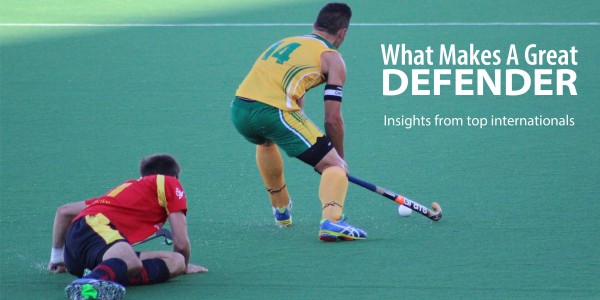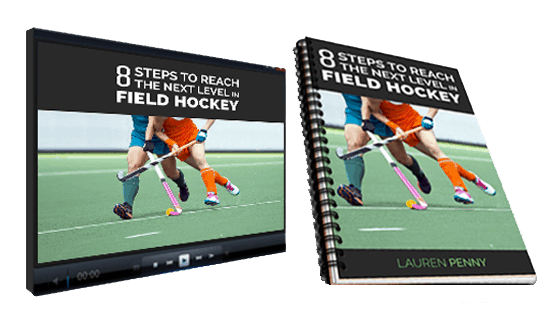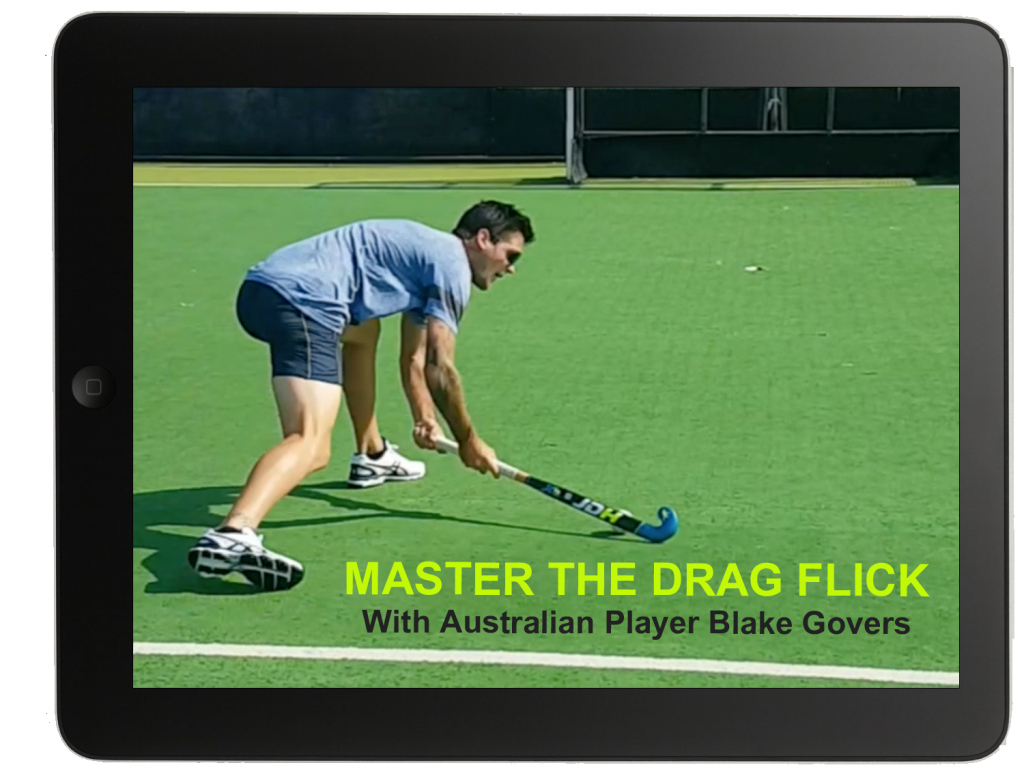Want to know what makes a great defender in field hockey?
Who better to ask than players who’ve reached the top level, so I spoke to several international defenders to get their views and insights.
In this post you can find out what international players Mark Knowles, Dan Fox and Rhett Halkett believe it takes to be a great defender in hockey.
After speaking to these top internationals, here are their thoughts:
Other posts in this series:
7 Factors That Make A Great Defender In Field Hockey:
#1 – Passing
There are a couple of key points under this headline:
1) Passing skills – the ability to push, hit, slap, tomahawk and overhead accurately to team mates
2) Passing range – the ability to reach further distances and where pace of pass is important
Having good passing skills makes it hard to be pressed and having more advanced skills such as an overhead will help to release pressure when outletting as it is one of the few ways to get out of a full press.
#2 – Strong in 1 v 1’s
According to FIH 2014 World Player of the Year And Australian Captain Mark Knowles:
“Defenders need the ability to hold their own in one-on-one contests”
This means you are strong, confident and back yourself to win the 1v1 battles with your opposite number. I also interpret this as defenders being able to manipulate the opposition and force them into zones where they can make better tackles.
Rhett Halkett, South African Captain & defender also adds that:
“Quick early footwork can help you get into the right position faster which is crucial in 1 vs 1 defence and in executing your desired distribution skill”
#3 – Ability to read the game
Mark Knowles also says that:
“Defenders need to develop the ability to read the game, identifying when to leave the player and make an interception and when to hold behind.”
Although decision making does improve as you gain more experience, to accelerate your learning you can start to analyse and question different scenarios to build a better overall understanding of the game. A great way to do this is video analysis.
#4 – A good tackler
The most obvious point is to possess the basic ability and technique to make good clean tackles. Part of this also requires good timing and decision making skills.
Great Britain defender Dan Fox suggests to:
“Keep both hands on your stick for as long as possible, you’ll win the ball cleanly more often and it forces you to move your feet quickly and get into good positions”
The most important tackling technique is the front stick block tackle but also worth developing is the ability to use other tackles such as the jab, the shave and the reverse stick tackle (when required).
#5 – Stick pressure
Often when an attacker feels the presence of a defender around them, they can make mistakes just because they feel pressure on themselves to do something.
Dan Fox suggests to:
“Close down the space between you and the attacker quickly. It makes it harder for them to pick passes and easier for your team mates to defend narrower channels.”
By keeping the attackers head down you can steal the ball away or force them to make a mistake as soon as they look up to make a pass.
#6 – Composure
Rhett says that being a great defender is also:
“the ability to make calm decisions under pressure both in offence & defence and implementing the right skill or technique at the right moment when under pressure.”
Defenders can often feel under pressure, worrying that a mistake may lead to a goal so this is a vital mental skill that needs to developed if you want to reach a higher level.

Rhett Halkett, South African Defender & Captain
#7 – Communication
According to Rhett good communication is “sending clear and calm information to the people in front of you to ensure defensive organisation.”
Defenders can see the field in front of them so they need to be able to communicate clearly and help teammates with positioning, letting players ahead of them know what they may not see themselves.
The next step is to take action…
Don’t just see these points as being useful, but put a plan in place to develop these.
WANT MORE?
Download the free ebook & video below to find out how you can take your game to the next level















